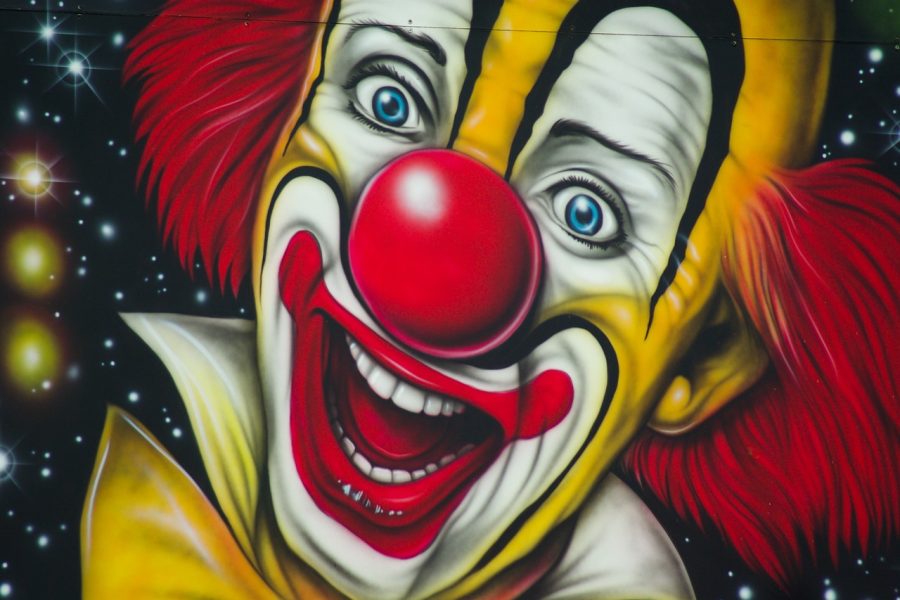Foods and drinks that are very familiar to us can be deadly. And the simplest objects can contain poison. It turns out that the most powerful poisons are sometimes right next to us, and we don’t even suspect it.
Here is a list of the most famous poisons that have been used to kill people throughout history.
1. Hemlock
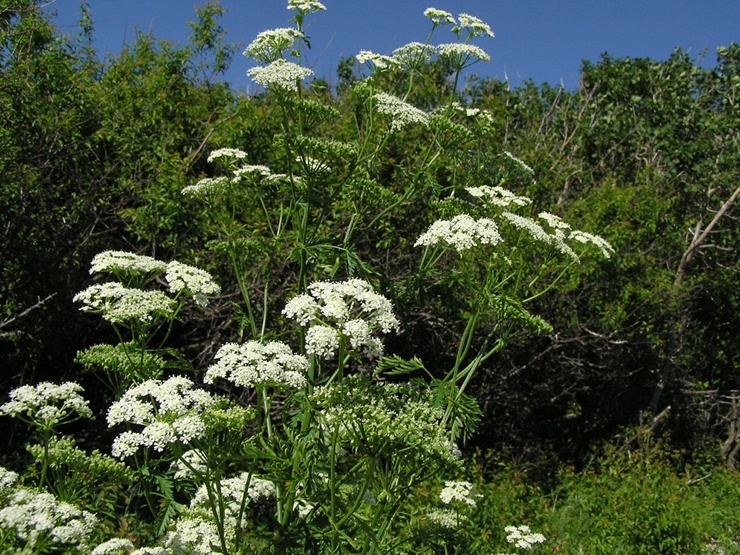
Hemlock is a genus of highly toxic flowering plants native to Europe and South Africa. The ancient Greeks used it to kill their captives. For an adult, 100 mg of tincture, or about 8 hemlock leaves, is enough to cause death - your mind is alert, but your body does not respond and eventually your respiratory system stops. The most famous case of poisoning was the Greek philosopher Socrates, who was sentenced to death for impiety in 399 BC, who received a very concentrated tincture of hemlock.
2. Aconite or Aconite
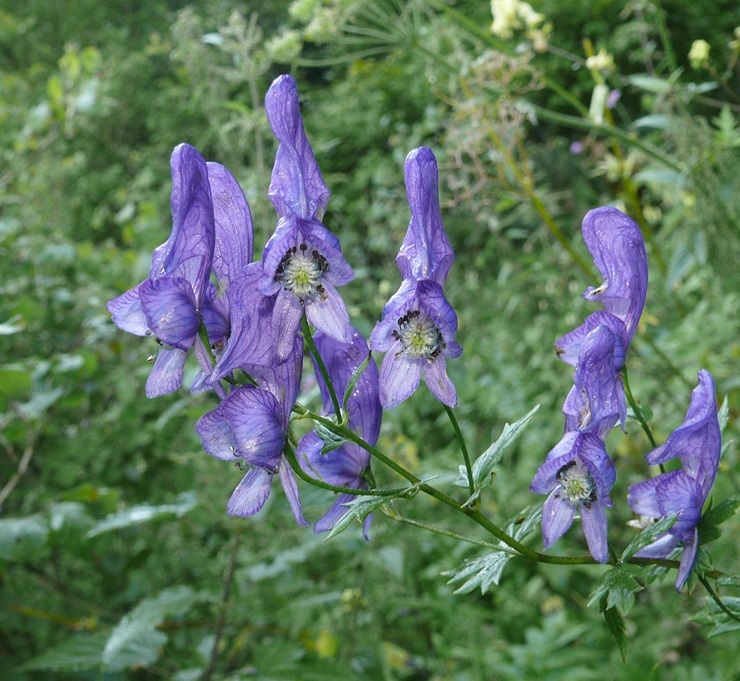
Ninth place in the list of the most famous poisons is taken by the Wrestler - a genus of perennial poisonous plants growing in damp places along the banks of rivers in Europe, Asia and North America. The poison of this plant causes asphyxiation, which leads to suffocation. Poisoning can occur even after touching the leaves without gloves, since the poison is absorbed very quickly and easily. According to legend, Emperor Claudius was poisoned by the poison of this plant. It was also used to lubricate bolts for the Chu Ko Nu crossbow - one of the unusual ancient weapons.
3. Belladonna or Deadly Nightshade

The name belladonna comes from the Italian word and translates as "beautiful woman". In the old days, this plant was used for cosmetic purposes - Italian women would drop belladonna juice into their eyes, the pupils would dilate, and the eyes would acquire a special shine. The berries were also rubbed onto the cheeks so that they would acquire a "natural" blush. It is one of the most poisonous plants in the world. All its parts are toxic and contain atropine, which can cause severe poisoning.
4. Dimethylmercury

Dimethylmercury is a colorless liquid, one of the strongest neurotoxins. Getting 0.1 ml of this liquid on the skin is already fatal for humans. Interestingly, the symptoms of poisoning begin to appear after several months, which is too late for effective treatment. In 1996, inorganic chemist Karen Wetterhahn was conducting experiments at Dartmouth College in New Hampshire and spilled one drop of this liquid on her gloved hand - dimethylmercury was absorbed into the skin through the latex gloves. Symptoms appeared after four months, and ten months later Karen died.
5. Tetrodotoxin

Tetrodotoxin is found in two sea creatures, the blue-ringed octopus and the puffer fish. The octopus is the most dangerous because it deliberately injects its venom, killing its victim in minutes. It has enough venom to kill 26 adult humans in a few minutes. The bites are often painless, so many people only realize they have been bitten when paralysis sets in. The puffer fish, on the other hand, is only deadly when eaten. But if the fish is cooked properly, it is harmless.
6. Polonium
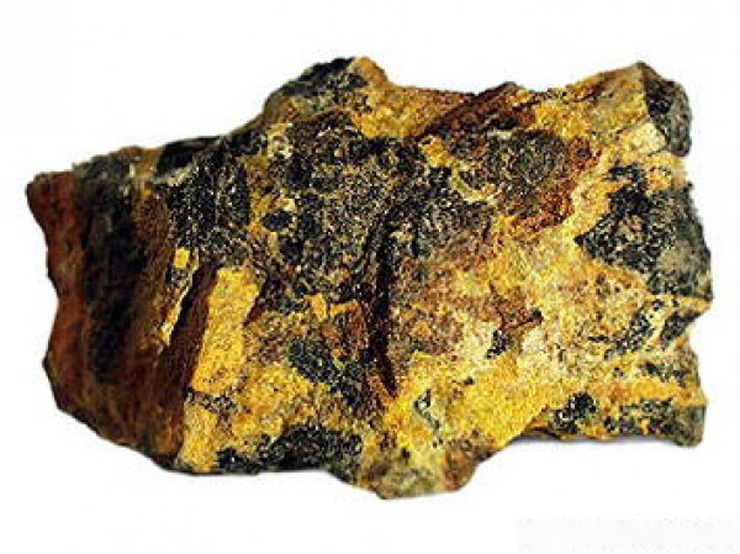
Polonium is a radioactive poison and a slow killer. One gram of polonium vapor can kill about 1.5 million people in just a couple of months. The most famous case of poisoning, presumably with polonium-210, was that of Alexander Litvinenko. Polonium was found in his cup of tea – a dose 200 times greater than the average lethal dose. He died three weeks later.
7. Mercury
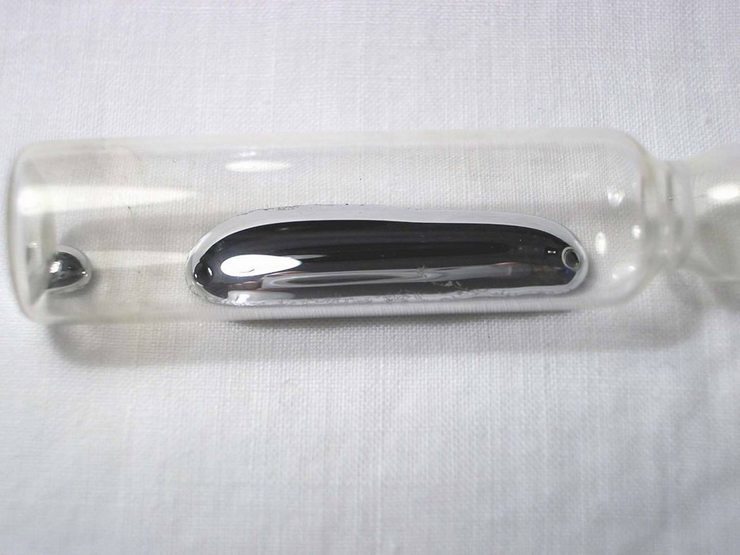
Mercury is a relatively rare element that is a heavy, silvery-white liquid at room temperature. Only vapors and soluble mercury compounds are toxic, causing severe poisoning. Metallic mercury has no noticeable effect on the body. A famous case of mercury death (presumably) is the Austrian composer Amadeus Mozart.
8. Cyanide
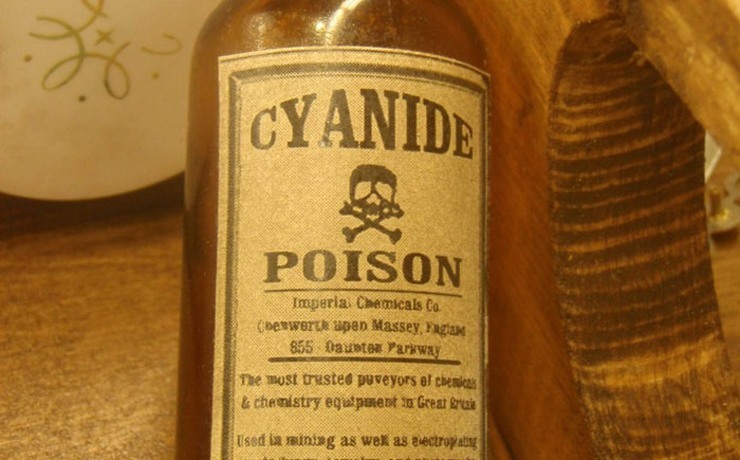
Cyanide is a deadly poison, which causes internal asphyxia when poisoned. The lethal dose of cyanide for a person is 1.5 mg per kilogram of body weight. Cyanide was usually sewn into the collar of the shirt of intelligence officers and spies. In addition, in gaseous form, the poison was used in Nazi Germany for mass murder in gas chambers during the Holocaust. It is a proven fact that Rasputin was poisoned with several lethal doses of cyanide, but he did not die, but was drowned.
9. Botulinum toxin

Botulinum toxin is the most powerful poison of all known organic toxins and substances in general. The poison causes severe toxic damage - botulism. Death occurs from hypoxia caused by disruption of oxygen metabolism, asphyxia of the respiratory tract, paralysis of the respiratory muscles and the heart muscle. And now scientists cannot answer the question of which poison is the strongest in the world. Some of the strongest poisons are botulism and tetanus toxins. The source of botulism infection is home-made products.
Botulinum toxin is produced by Clostridium botulinum bacteria, which are the causative agents of the most dangerous disease – botulism. It is the most powerful poison of organic nature and one of the most powerful poisons in the world. In the last century, botulinum toxin was included in the arsenal of chemical weapons, but at the same time, active research was conducted on its use in medicine. And today, a huge number of people who want to at least temporarily return the smoothness of their skin experience the effects of this terrible poison, which is part of the popular drug "Botox", which once again confirms the truth of the famous statement of the great Paracelsus: "Everything is poison, everything is medicine; the dose determines both."
10. Arsenic

Arsenic was considered the "king of poisons". Arsenic poisoning causes symptoms similar to those of cholera (abdominal pain, vomiting, diarrhea). Arsenic, like Belladonna (item 8), was used in ancient times by women to make their faces pale white. There is a suggestion that Napoleon was poisoned with arsenic compounds on the island of St. Helena.
11. Methanol, or methyl alcohol
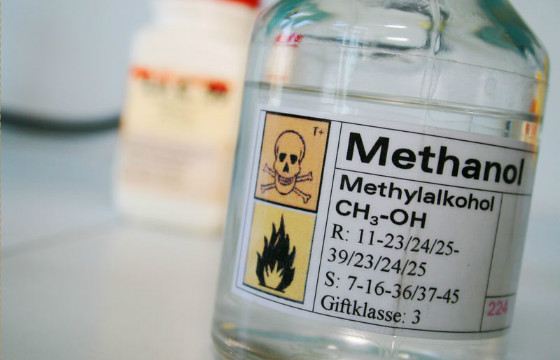
It is a very dangerous poison. This is explained by the fact that it is easy to confuse it with ordinary wine alcohol, since they are indistinguishable in taste and smell. Counterfeit alcoholic beverages are sometimes made on the basis of methyl alcohol, but without an examination it is impossible to establish the presence of methanol. Unfortunately, the consequences of drinking such drinks are irreversible, in the best case a person goes blind.
12. Snake venom
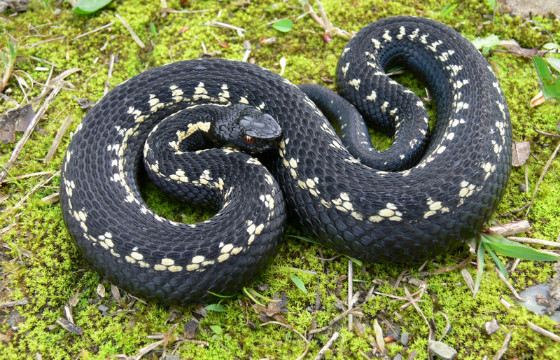
There are more than two and a half thousand species of reptiles, but only about 250 of them are poisonous. The most famous are common vipers, cobras, rattlesnakes, black mambas, and small snakes - sand vipers. Poisonous snakes are unpleasant neighbors. People have long since figured out that snake venom is dangerous only when it gets into human blood. And since humanity has been dealing with snakes for many millennia, it is not surprising that it was while studying the effects of snake venom on animals and humans that the first antidote was created in 1895 - anti-snake serum. By the way, there is no universal antidote even in the case of poisoning with snake venom; each type of snake has its own antitoxin - one for the king cobra, another for vipers, and a third for rattlesnakes.
13. VX

VX, or as it is also called, VI gas, is a type of military poison gas that has a nerve-paralytic effect. It also came into being as a new pesticide, but soon the military began to use it for their own purposes. Symptoms of poisoning with this gas appear within 1 minute after inhalation or contact with the skin, and death occurs within 10-15 minutes.
14. Anthrax bacillus

Anthrax is a very severe, rapidly developing disease caused by the bacteria Bacillus anthracis. There are several forms of anthrax. The most "harmless" is cutaneous. Even without treatment, the mortality rate from this form does not exceed 20%. The intestinal form kills about half of those infected, but the pulmonary form is almost certain death. Even with the latest treatment methods, modern doctors can save no more than 5% patients.
15. Zarin
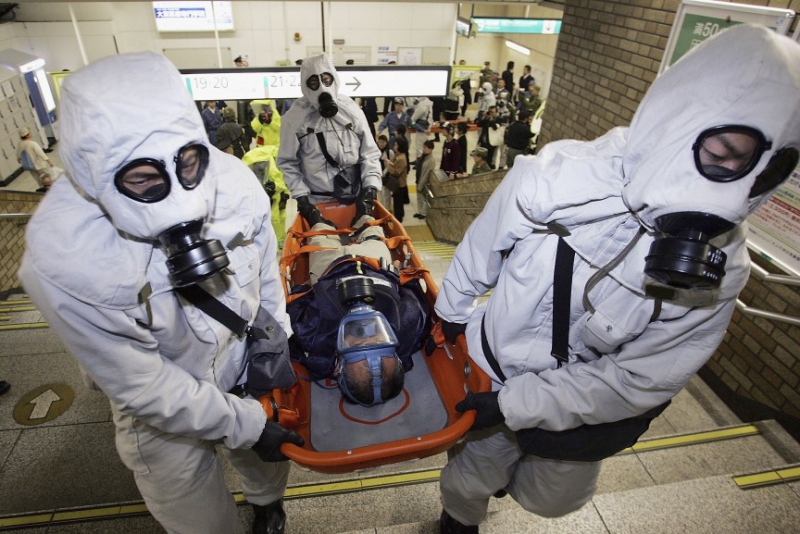
Sarin was created by German scientists who were trying to synthesize a powerful pesticide. But this deadly poison, which causes a quick but very painful death, acquired its dark fame not in agricultural fields, but as a chemical weapon. Sarin was produced in tons for military purposes for decades, and only in 1993 was its production banned. But despite calls for the complete destruction of all stockpiles of this substance, it is still used today by both terrorists and the military.
16. Amatoxins
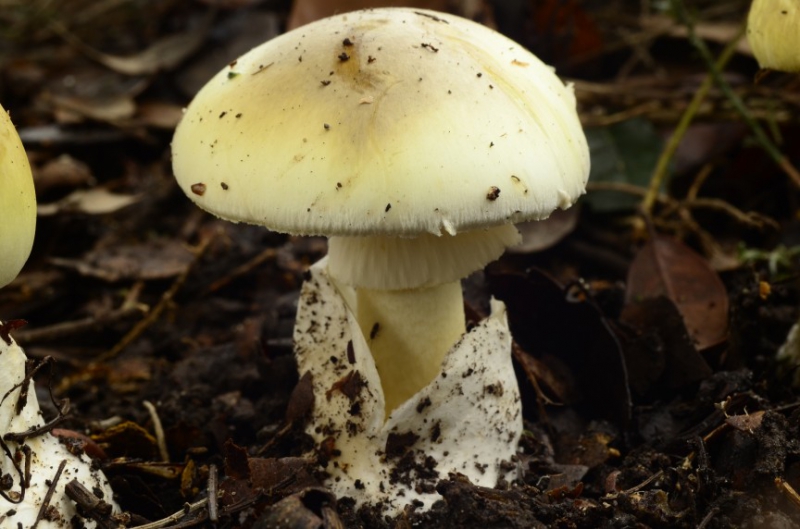
Amatoxins are a whole group of protein poisons contained in poisonous mushrooms of the Amanita family, including the deadly death cap. The particular danger of these poisons lies in their "slowness". Once they enter the human body, they immediately begin their destructive activity, but the victim begins to feel the first discomfort no earlier than 10 hours later, and sometimes after several days, when it is already very difficult for doctors to do anything. Even if such a patient can be saved, he will still suffer from excruciating dysfunction of the liver, kidneys and lungs for the rest of his life.
Summer and autumn are the seasons of mushroom poisoning - by the way, these are the most accessible poisonous substances today. The most well-known poisonous mushrooms are false honey mushrooms, death caps, morels and fly agarics. The death cap is the most poisonous, as it has many varieties, sometimes indistinguishable from edible mushrooms, and one such mushroom can lead to the death of several people. False honey mushrooms are the most common poisonous mushrooms. Although the Germans have learned to cook fly agarics in such a way that they do not get poisoned by them, it is true that they spend a lot of time cooking these mushrooms - they boil them for a day. However, the question arises - why do they need fly agarics when they can just take other mushrooms for food? And of course, you need to remember the rules for storing cooked mushrooms, even edible mushrooms can become poisonous if the expiration date is violated.
17. Strychnine
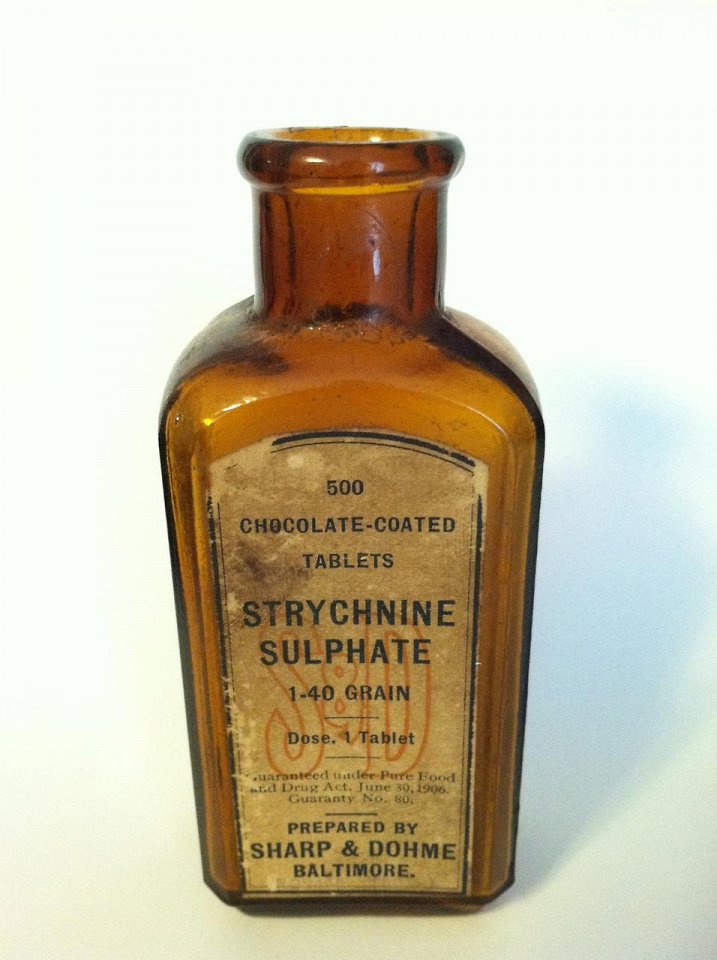
Strychnine is found in large quantities in the nuts of the tropical tree chilibuha. It was from them that it was obtained in 1818 by the French chemists Pelletier and Caventou. In small doses, strychnine can be used as a medicine that increases metabolic processes, improves heart function and treats paralysis. It was even actively used as an antidote for barbiturate poisoning. However, it is one of the most powerful poisons. Its lethal dose is even less than that of the famous potassium cyanide, but it acts much more slowly. Death from strychnine poisoning occurs after about half an hour of terrible suffering and severe convulsions.
18. Potatoes and cereals
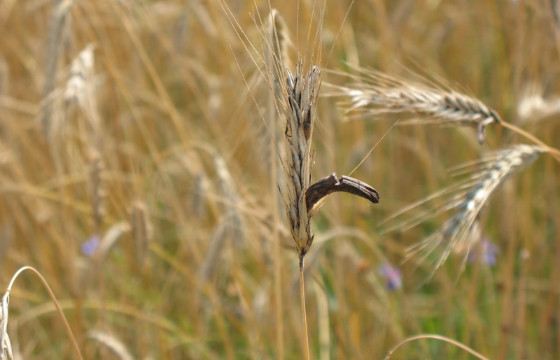
Regular potatoes or bread can also be poisonous. If stored incorrectly, potatoes accumulate a substance called solanine, which causes poisoning of the body. And bread becomes poisonous if flour containing grains infected with ergot was used to make it. We are not talking about fatal poisoning, but it is quite possible to ruin your health with such products. An ear of corn infected with ergot. In addition, there are many household chemicals and fertilizers that can also cause poisoning. For example, potassium chloride is the most common fertilizer, but when it gets into the blood, it becomes deadly, since potassium ions block the activity of the heart.
19. Curare

The most famous poison In South America, the most famous poison is curare, a plant-based poison, there are several subspecies of this poison. It causes paralysis of the respiratory system. Initially, it was used for hunting animals, in the 20th century it was successfully used in medicine. Curare is the most famous poison among the Indians.
20. Batrachotoxin

Of the natural poisons, batrachotoxin is very dangerous. It is secreted by the skin of small but dangerous amphibians - poison dart frogs, fortunately, you can only meet them in Colombia. One such frog contains so much poisonous substance that it is enough to destroy several elephants. A poisonous frog does not need to hide. In addition, there are radioactive poisons, for example, polonium. It acts slowly, but only 1 gram of this substance is needed to destroy one and a half million people. Snake venom, curare, potassium cyanide - all of them are inferior to the above-mentioned poisons. Not only snakes are poisonous. The most poisonous creature on Earth is a jellyfish.
21. Ricin

Ricin is an extremely strong poison of plant origin. The greatest danger is inhalation of its tiny grains. Ricin is approximately 6 times more powerful than potassium cyanide, but it has not been used as a weapon of mass destruction due to purely technical difficulties. However, various intelligence agencies and terrorists are very fond of this substance. Politicians and public figures receive letters filled with ricin with enviable regularity. However, it rarely leads to a fatal outcome, since ricin penetration through the lungs has a rather low efficiency. For a 100% result, ricin must be injected directly into the blood.
The most famous poisoners

The history of the Italian dynasty of poisoners, the Borgias, is unique. They raised poisoning to the level of art. Everyone was afraid of their invitations to a feast. The most famous representatives of this family for their treachery were Pope Alexander VI Borgia and his children: son Cesare, who became a cardinal, and daughter Lucrezia. This family had their own poison, "cantarella", which supposedly contained arsenic, phosphorus and copper salts. It is known that the head of the family himself eventually paid for his treachery with his life, having mistakenly drunk a cup of poison that he had prepared for someone else. Secret rings became a weapon of poisoners in the Middle Ages. In France, arsenic was used by women, the most famous of whom was Catherine de Medici, who became the Queen of France. There were poisoners of lower rank - favorites of kings, marquises, baronesses and wives of jewelers. Napoleon is believed to have been poisoned with arsenic.





